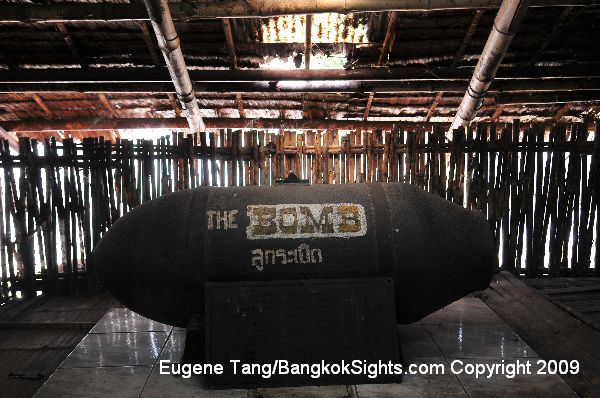Talk statistics, or just open any of your social network apps (instagram/ facebook/ pinterest/ twitter) - every third picture will be of food.
Either it is spotted at a fancy restaurant, food stall round the corner, experimented at home, eaten at a friend's.
Food is just all over !
So why does one really take food pictures ?
(this one is an excerpt from a pyschology blog with the courtesy mentioned at the bottom)
If you are also like me who takes food photos , join me on
the brand new (and perhaps one of its kind in the world) social network exclusively for food.
Coming back to why food pictures :
1. Check This Out: In the olden days, when you ate a good meal, you'd describe it to your friends on the phone or in person--"You wouldn't believe the steak I had last night." But, a picture is worth a thousand words. Posting your plate may be a quick, easy way to share the fine details of an incredible meal or a memorable dining experience.
2. Look How Good I Am: Ever post a plate of fresh veggies or a bowl of oatmeal? You may be posting food to show people that you are eating mindfully and consuming healthy meals. These posts might get a thumbs up from your friends (or at least avoid criticism and snide comments).
3. Look How Bad I Am: Confession time. Posting a slice of cheesecake or chili cheese fries may be a way of alleviating guilt or inviting the same kind of internal criticism you might be struggling with inside. "How could I have eaten that?" you ask yourself. Posting the yummy treat allows friends to either alleviate your guilt with reassurance. Or, they may add to your regret by pointing out the calorie content and your "badness" for digging into fat, salt and sugar.
4. Can You Believe I Ate This? Ever post weird and exotic combinations of food? Perhaps you ate chocolate covered grasshoppers in Thailand. There is nothing like documented, visual proof that you have taken a leap into unknown food territory.
5. Help Me: Posting a lot of images of food may indicate a problematic relationship with eating. The photos might be inviting others to intervene or to help keep you accountable. People who routinely upload pictures may do so unconsciously and therefore may not even be aware of their unhealthy focus on food.
6. Food Advice: A picture of an appetizer from a swanky Chicago restaurant or a burger from a greasy spoon is likely to convince others it is worth the trip.
7. Cooking Magic: Perhaps you've posted a picture of a masterpiece you've whipped up in the kitchen. It's a great forum for showing off your grilling, frying and baking skills.
8. Cravings: Have you snapped a photo of a luscious frosted cupcake in a bakery window or a slice of dense cheesecake on a dessert tray? Food photos often reveal what you'd love to consume and the nature of your culinary desires.
9. Gross! Can't pass up the opportunity to freak people out? Think pictures of rainbow colored bacon as well as peanut butter and tuna on crackers.
10. Know Me. "Tell me what you eat, and I will tell you what you are" said the French philosopher, Jean Anthelme Brillat-Savarin wrote. Wanting people to truly know you may be your motivation for keeping a daily food journal on your Facebook page or uploading the occasional photo of your meals. Documenting what you eat tells your friends a lot about who you are--your habits, personality, preferences and culinary weaknesses. If this sounds like you, it's likely that you've already become a fan of "Taking Pictures of Food."
Food is social. It's no surprise that food photos have their fair share of time on Facebook. So, before you upload a picture of stuffed peppers or a slice of hot, NYC pizza on your Facebook page, consider why and what this might be telling your Facebook friends about you.
By: Susan Albers, Psy.D., is a licensed clinical psychologist, specializing in eating issues, weight loss and mindfulness. She is author of 50 Ways to Soothe Yourself Without Food,
Eating Mindfully,
Eat, Drink, and Be Mindful, and Mindful Eating 101 and is a Psychology Today blogger. Her books have been quoted in the Wall Street Journal, O, the Oprah Magazine, Natural Health and Self Magazine and on the Dr. Oz TV Show.














